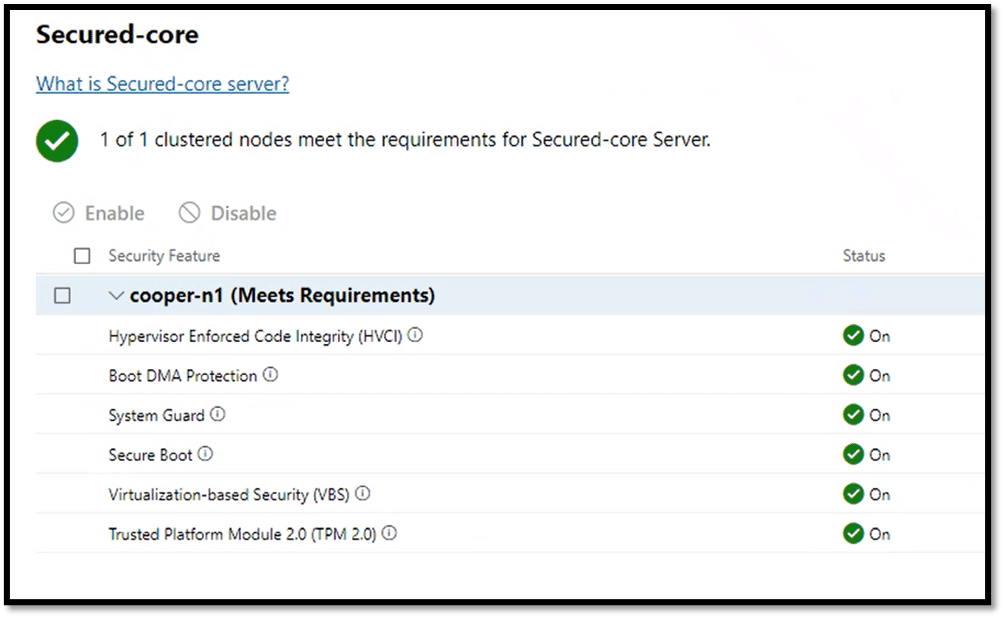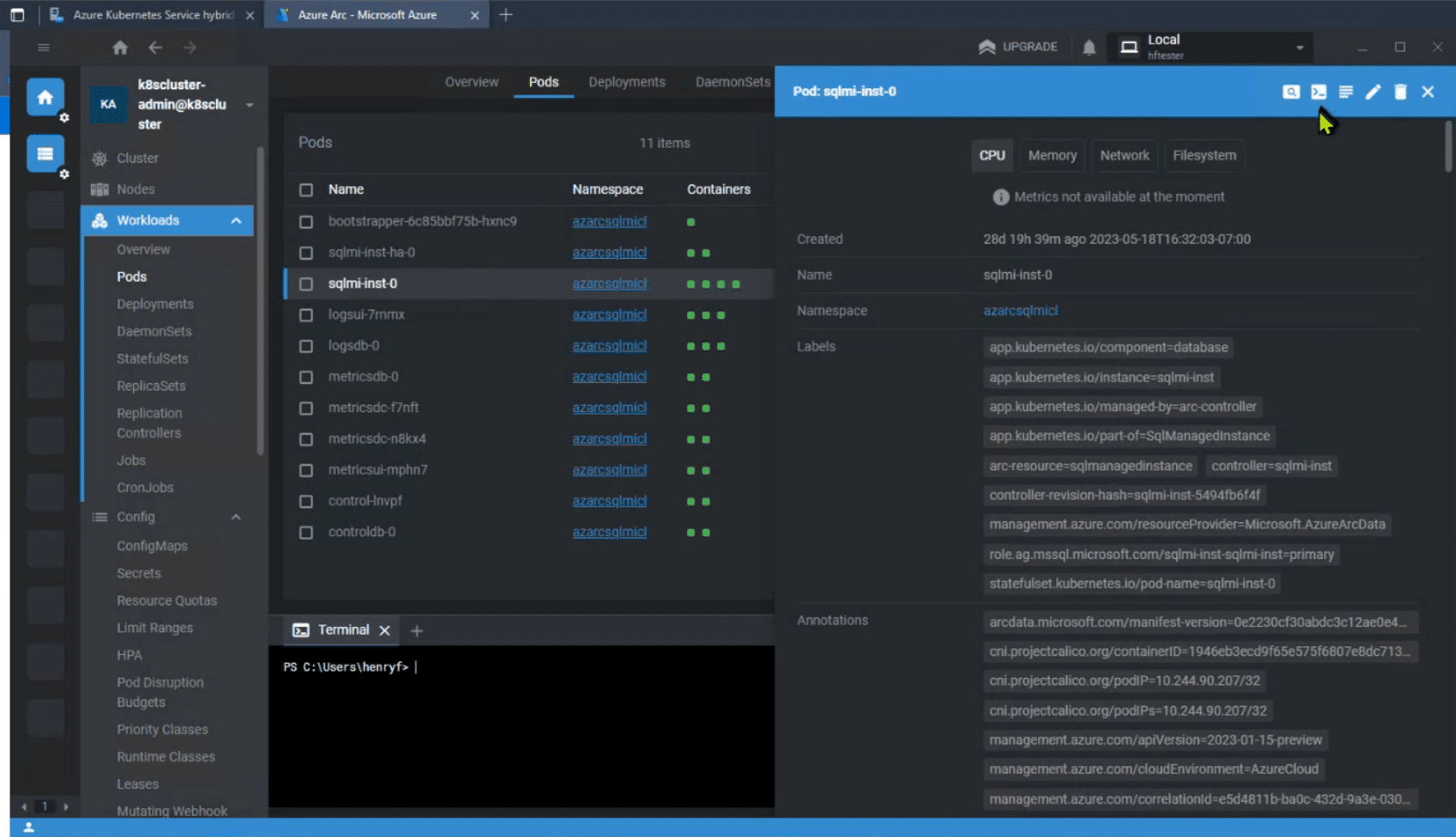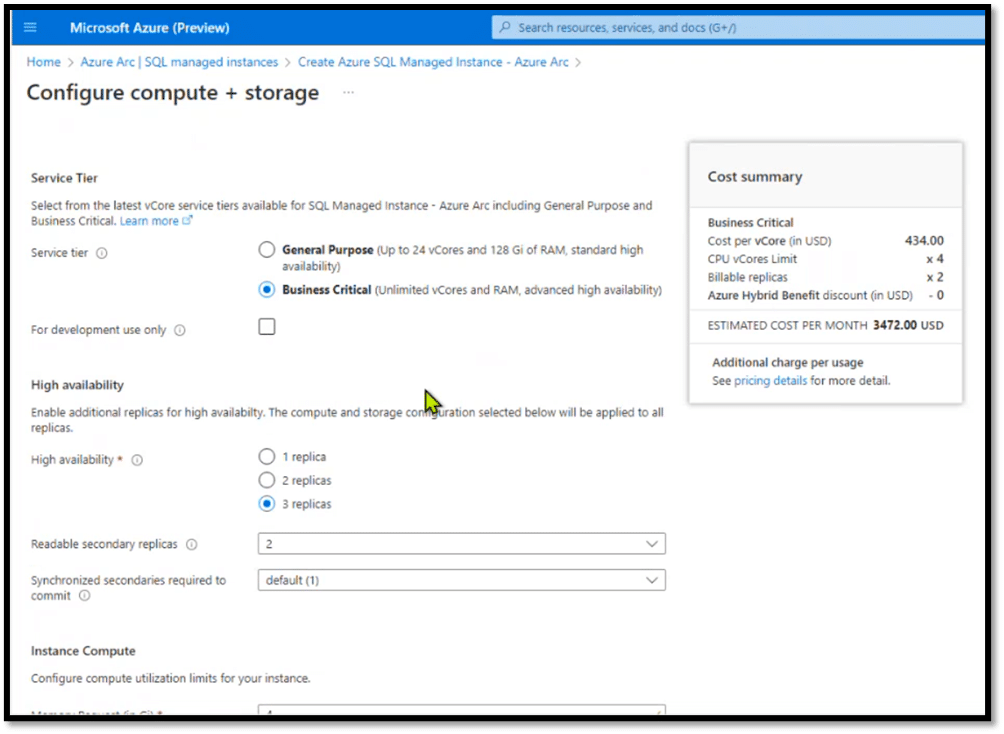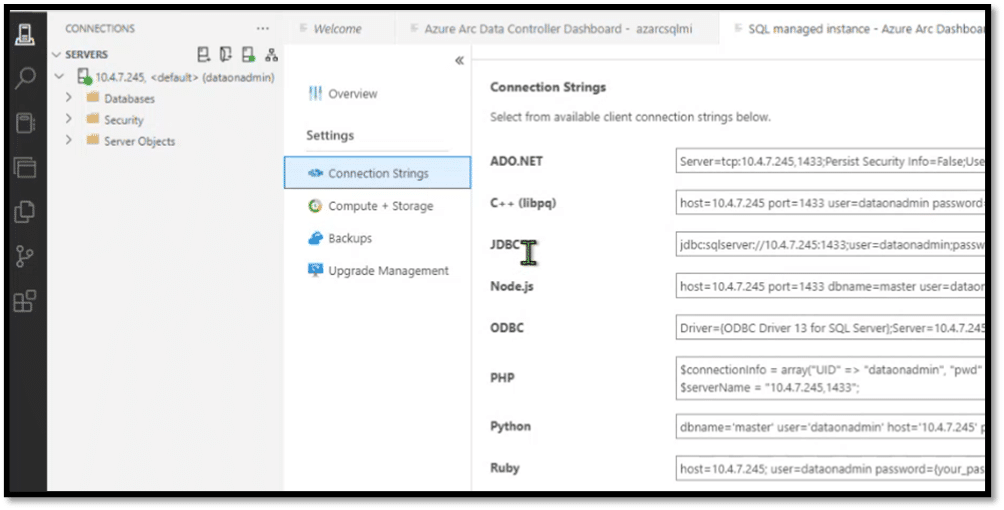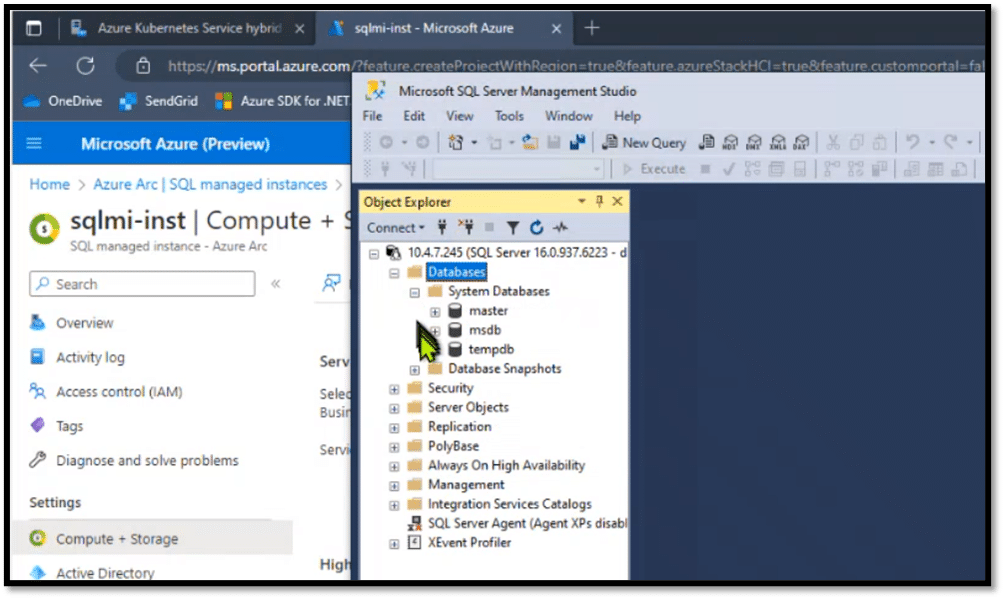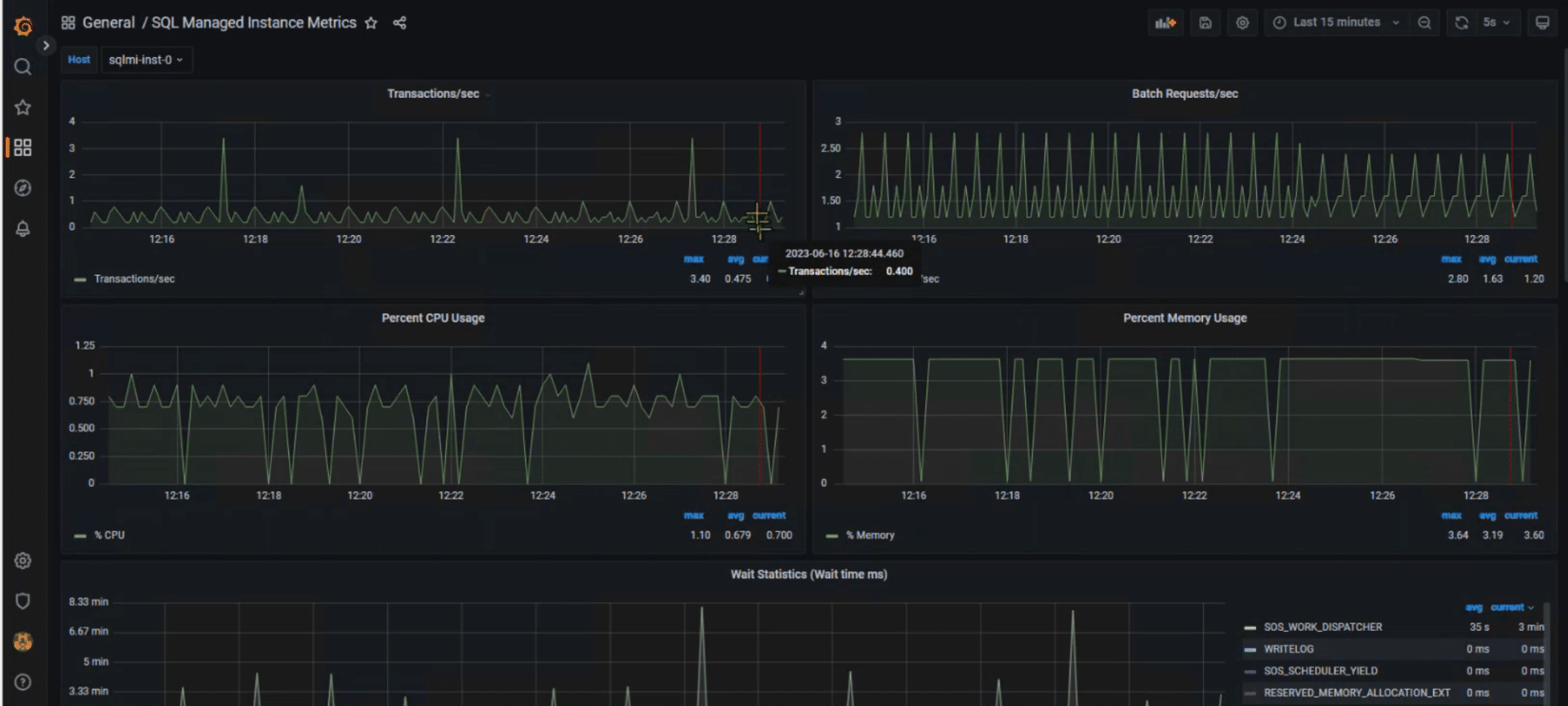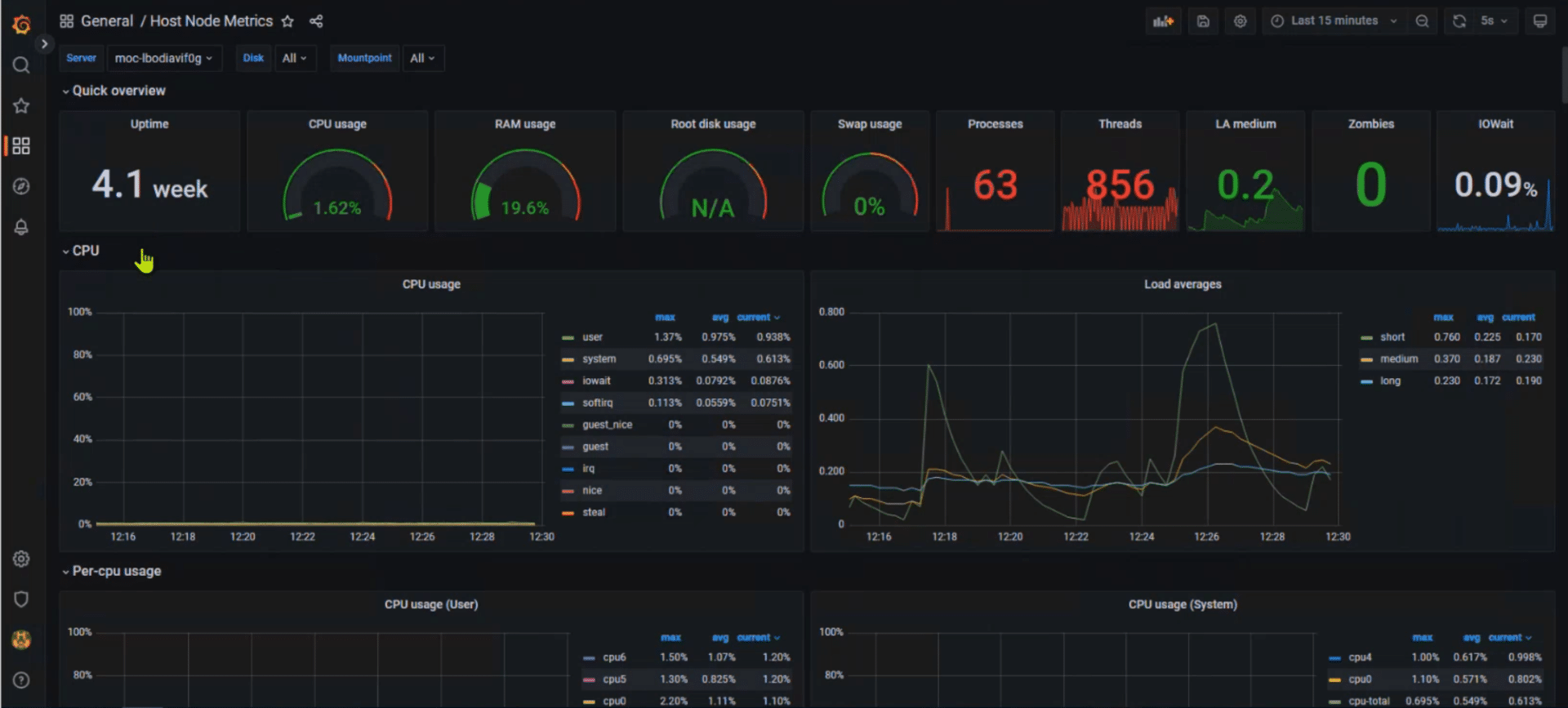As a follow-up to our recent Azure Arc-enabled Managed Services article, we continued exploring the power of Azure Arc and Azure Stack HCI with Microsoft and Intel partner DataON. We quickly realized what they deliver and one use case stood out: Azure Arc-enabled SQL Managed Instance. Arc-enabled SQL Managed Instance is a Platform-as-a-Service (PaaS) that uses the latest SQL Server (Enterprise Edition) database that is patched, updated, and backed up automatically. And for business-critical applications, Arc-enabled SQL Managed Instance has built-in high availability.
As a follow-up to our recent Azure Arc-enabled Managed Services article, we continued exploring the power of Azure Arc and Azure Stack HCI with Microsoft and Intel partner DataON. We quickly realized what they deliver and one use case stood out: Azure Arc-enabled SQL Managed Instance. Arc-enabled SQL Managed Instance is a Platform-as-a-Service (PaaS) that uses the latest SQL Server (Enterprise Edition) database that is patched, updated, and backed up automatically. And for business-critical applications, Arc-enabled SQL Managed Instance has built-in high availability.
As we explored Azure Arc-enabled SQL Managed Instance, we discovered several unique, interesting, or powerful features. Those elements are expanded upon below.
Leveraging the Power of Hyperconverged Infrastructure
Early on, companies discovered the power of the Azure public cloud and the services it could provide. However, for certain workloads, there is a requirement to keep them on-premises for compliance reasons. Azure Stack HCI addresses the regulatory requirements by using the power and services offered by Azure (including Arc-enabled SQL Managed Instance), allowing those workloads to run on the company’s hardware in a location of its choosing.
DataON, one of the companies we partner with, was an early adopter of these technologies and has helped us better understand them.
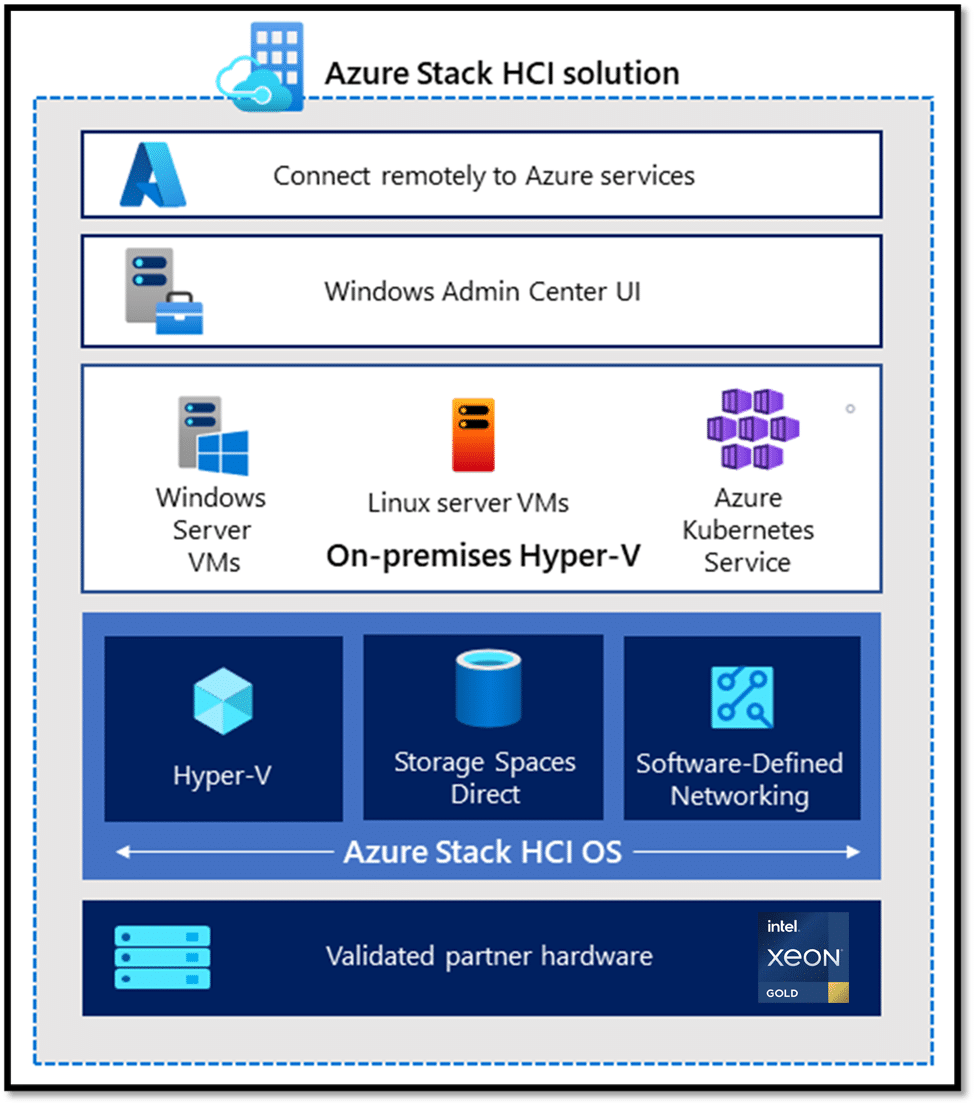 With Azure Arc, customers can view and manage their applications and databases consistently with a familiar toolset and interface, regardless of where these services run—from on-premises to multi-cloud to edge.
With Azure Arc, customers can view and manage their applications and databases consistently with a familiar toolset and interface, regardless of where these services run—from on-premises to multi-cloud to edge.
Now every Azure Stack HCI cluster node is Arc-enabled when registering a cluster with Azure. This means that all these powerful Azure management capabilities are available for your Azure Stack HCI nodes.
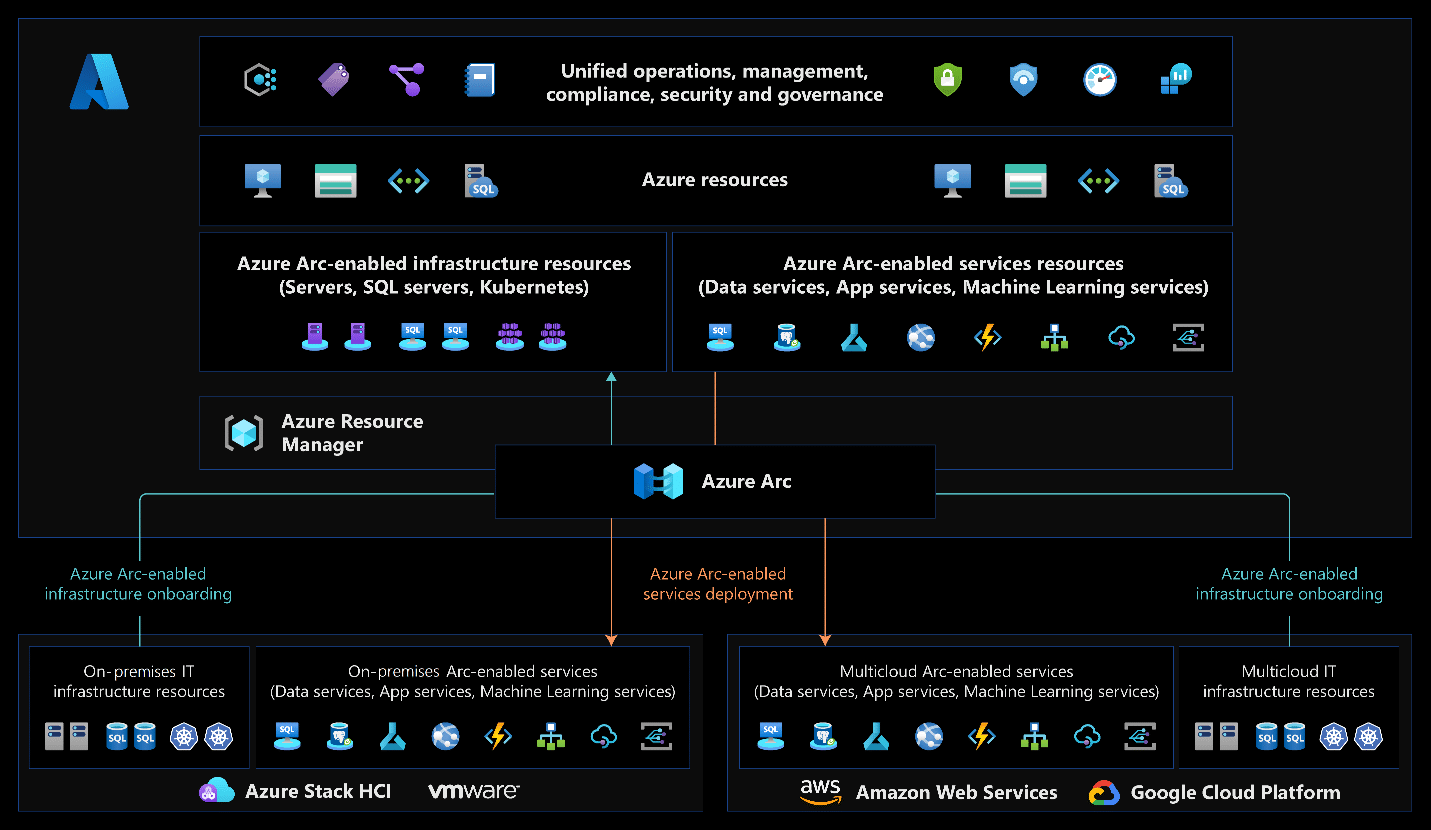
Arc allows customers to deploy, manage, and maintain an Arc-enabled SQL Managed Instance.
Embracing Hardware-Based Security
At the start of its development, Microsoft prioritized security when creating Azure Stack HCI, Arc, and Arc-enabled SQL Managed Instance. Microsoft and Intel have collaborated to provide a comprehensive security solution with Azure Stack HCI, covering the entire IT infrastructure. They’ve also incorporated Azure Arc to extend Azure-based security to hybrid and multi-cloud environments. Intel’s built-in security and extensions further reinforce this solution, ensuring complete protection from silicon to the cloud.
Intel’s security measures ensure devices and data are trustworthy, while also providing workload and encryption acceleration. This allows for secure hardware-isolated data protection and software reliability in order to safeguard against cyber threats.
Azure’s platform has integrated security tools and controls that are readily accessible and user-friendly. DevOps and Security Center’s native controls can be customized to safeguard and supervise all cloud resources and architecture tiers. Microsoft has developed Azure using industry-standard zero-trust principles, which involve explicit verification and the assumption a breach has occurred.
Security begins at the hardware level. The use of a Secured-core Server and a dashboard, available through Azure Stack HCI, enables hardware verification and auditing to ensure that the server meets the requirements for Secured-core.
Engaging with DataON (an Intel Platinum Partner) ensures the hardware base for an on-premises deployment of Azure Stack HCI uses the latest Intel-based servers to meet Secured-core server requirements. TPM2.0, Secure boot, Virtualization Based Security (VBS), Hypervisor-protected Code Integrity, Pre-boot DMA protection, and DRTM protection are some security features provided by Intel-based servers and verified by Azure Stack HCI.
Harnessing the Power of Kubernetes
Arc-enabled SQL Managed Instance leverages Kubernetes (K8s) to host the SQL instance and provide additional management capabilities for those SQL instances. K8s is a proven technology (it has been around for about a decade) in the data center, and by utilizing it, Microsoft capitalizes on its features and functions and its powerful and rich ecosystem.
Arc-enabled SQL Managed Instance hides the complexity of running containers through dashboards and wizards while allowing others to work directly with K8s.
Transparent and Instantaneous SQL Pricing
The licensing costs for your Arc-enabled SQL Managed Instance are calculated and displayed as the instance is configured, revealing how much the database will cost before deployment. This also allows customers to perform what-if calculations and weigh the trade-offs when deciding what to deploy. For example, you can determine if you want one, two, or three replicas for high availability or any other attributes that Arc-enabled SQL Managed Instance can provide. Having these cost insights prevents any surprises at the end of the month and allows lines of business to configure their instances to accommodate their budgets.
As a bonus, if you already have a SQL Server license, you can use the Azure Hybrid benefit to save on licensing costs.
Simplifying New Database Creation
As Azure Arc is policy-driven, an administrator or even the end user of a database can create a new SQL managed instance using the Azure web interface. Azure Stack HCI aggregates all the compute and storage of the servers under its control. So creating a new database entails selecting what attributes are needed, but not having to decide which individual, discrete components are used for hosting.
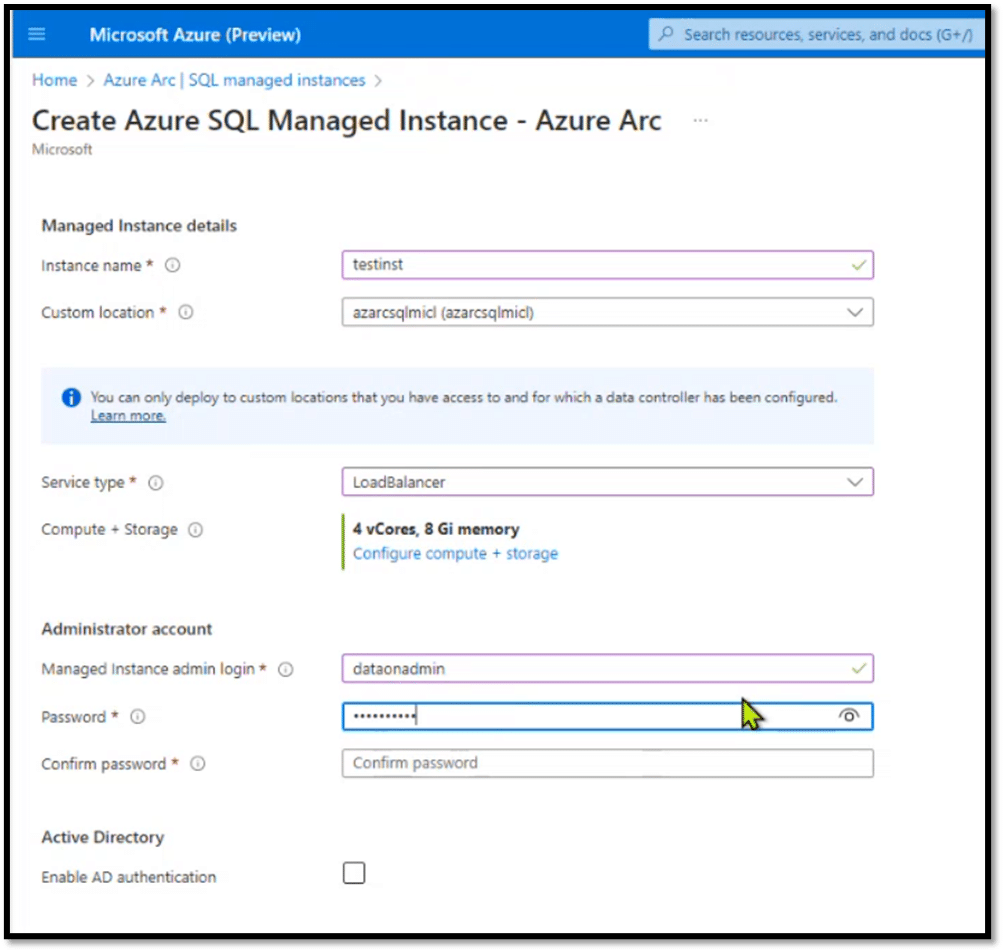
To consume the database, Arc-enabled SQL Managed Instance provides a list of connection strings for common programming languages. This is a small change, but it can save a lot of frustration for programmers looking to connect to it.
Migrating Existing Databases Is A Snap
Using Microsoft’s fully automated Azure Data Migration Service, moving a database to the Azure Stack HCI as an Arc-enabled SQL Managed Instance is a snap. Even for skilled, experienced professionals, migrating to a database can be an anxiety-ridden prospect. Microsoft created a wizard to guide users through the process, removing the stress of doing it yourself or the expense of contracting it out.
Built-in Monitoring
More often than not, monitoring a database is an afterthought, an additional cost, or neglected due to its complexity or availability. Microsoft made a bold move by including an open-source monitoring stack that features InfluxDB and Grafana for metrics and Elastic and Kibana for Logs for its Arc-enabled SQL Managed Instances.
We were surprised and delighted that Microsoft decided to use well-regarded open-source products that are easily extensible for monitoring. For example, Arc provides a Grafana Arc-enabled SQL Managed Instance dashboard with widgets that display key performance indicators and individual metrics.
A Grafana dashboard is provided for the hosts as well.
In retrospect, we should have titled this article “The Seven Things We Loved Most about Arc-enabled SQL Managed Instances, running on Azure Stack HCI, with Arc Integration on a DataON provided Secure Intel Based Server” as each of these products builds on and complements the other.
SQL Managed Instance provides an easy migration or creation of a database presented and consumed as a PaaS. Azure Stack HCI allows Arc-enabled SQL Managed Instance and other Azure services to run on-premises. Arc allows Azure Stack HCI and Azure in the cloud to be managed from the same web-based interface. DataON is a valued Microsoft and Intel partner that provides hardware to run Arc-enabled SQL Managed Instance in a customer’s data center, in a remote office, or on the edge. Intel-based servers offer a secure foundation for this solution.
Looking back at this last paragraph, it seems like there are a lot of moving pieces in this solution, but they fit together so well they seem to be a single solution. Perhaps an analogy to this would be the automobile. Although an automobile comprises many complex subsections, it presents itself as something you sit in and drive with all the underlying complexity surfacing up through a single interface.
Arc-enabled SQL Managed Instance
This report is sponsored by DataON. All views and opinions expressed in this report are based on our unbiased view of the product(s) under consideration.
Engage with StorageReview
Newsletter | YouTube | Podcast iTunes/Spotify | Instagram | Twitter | TikTok | RSS Feed.

